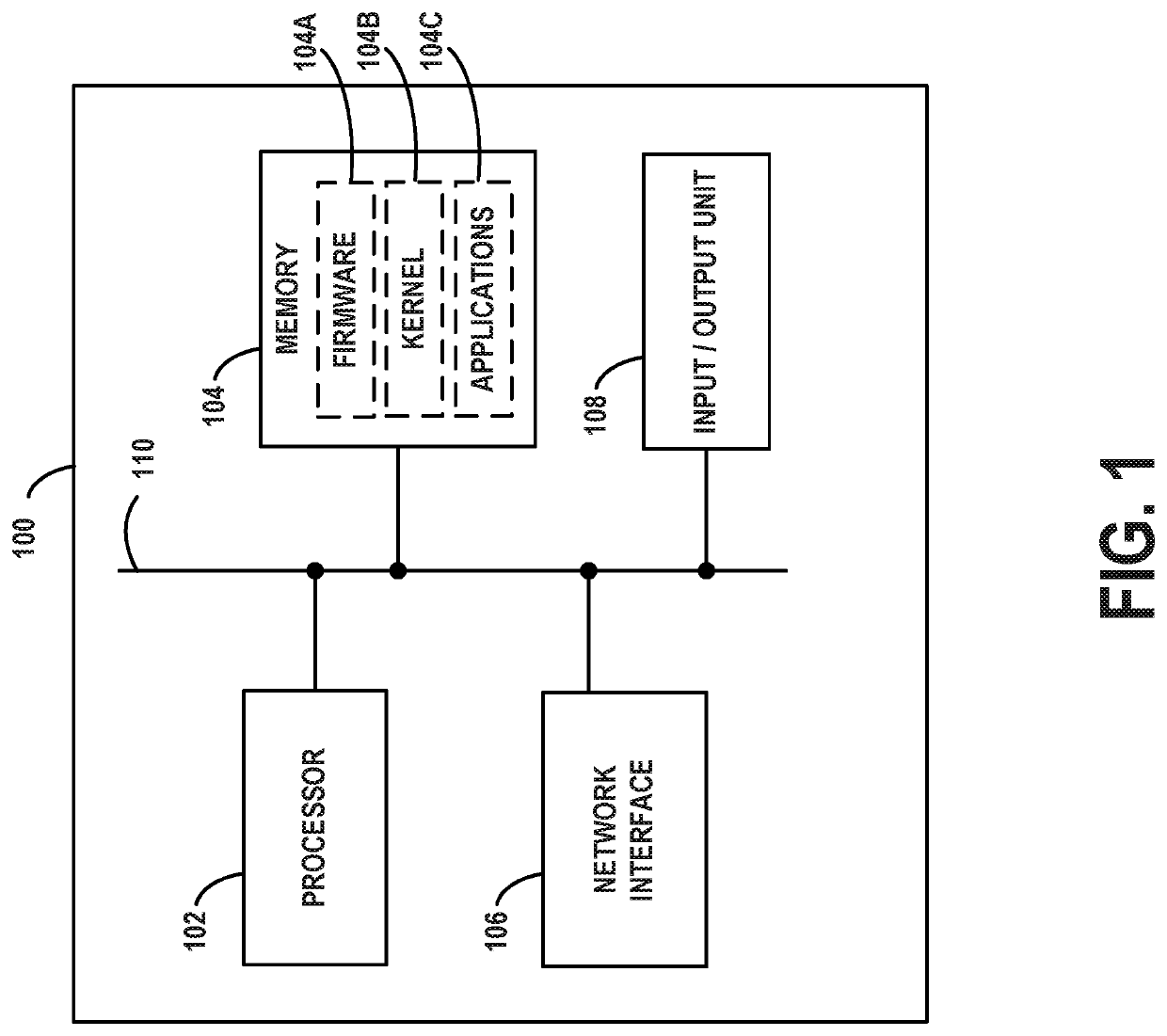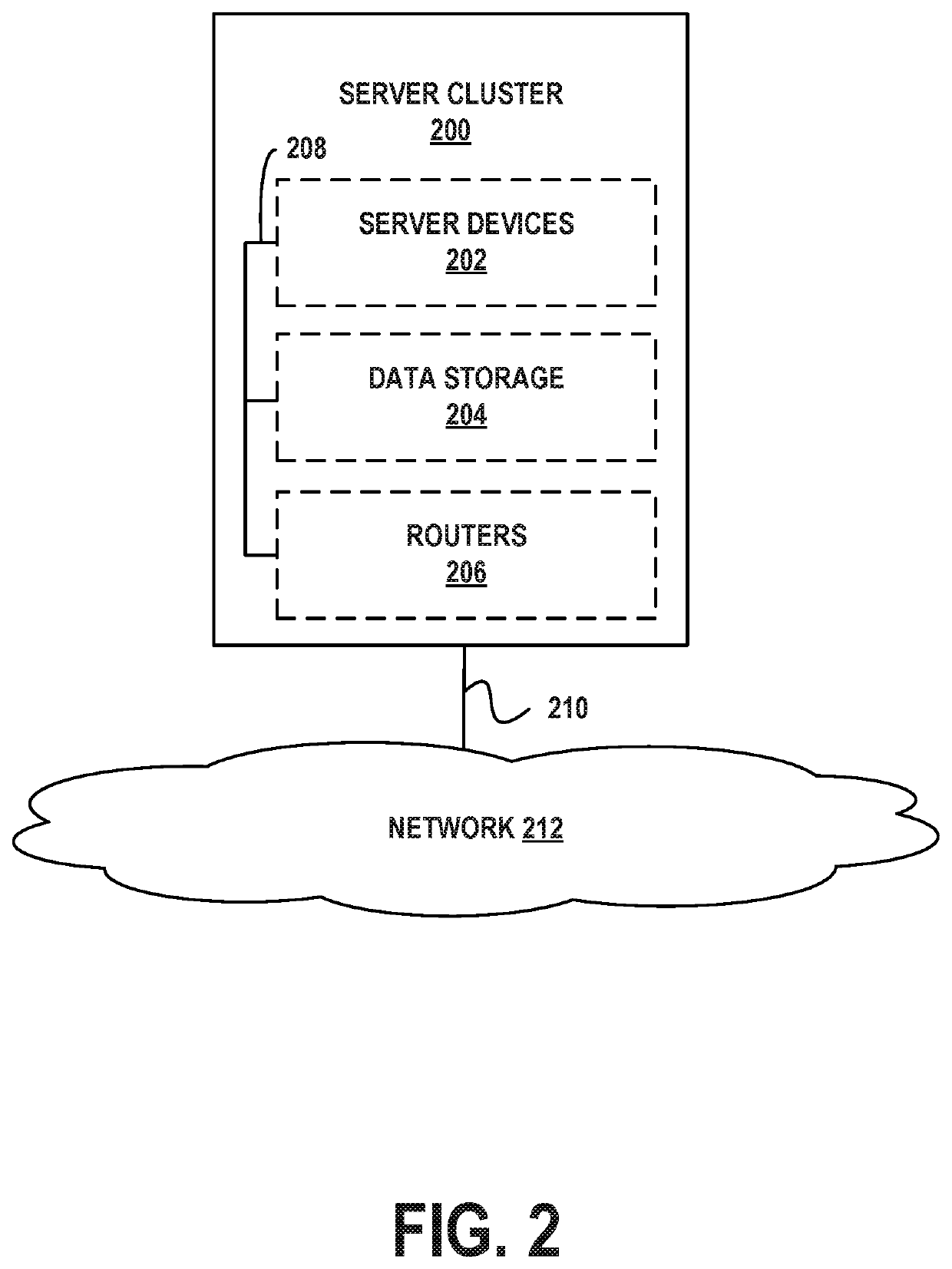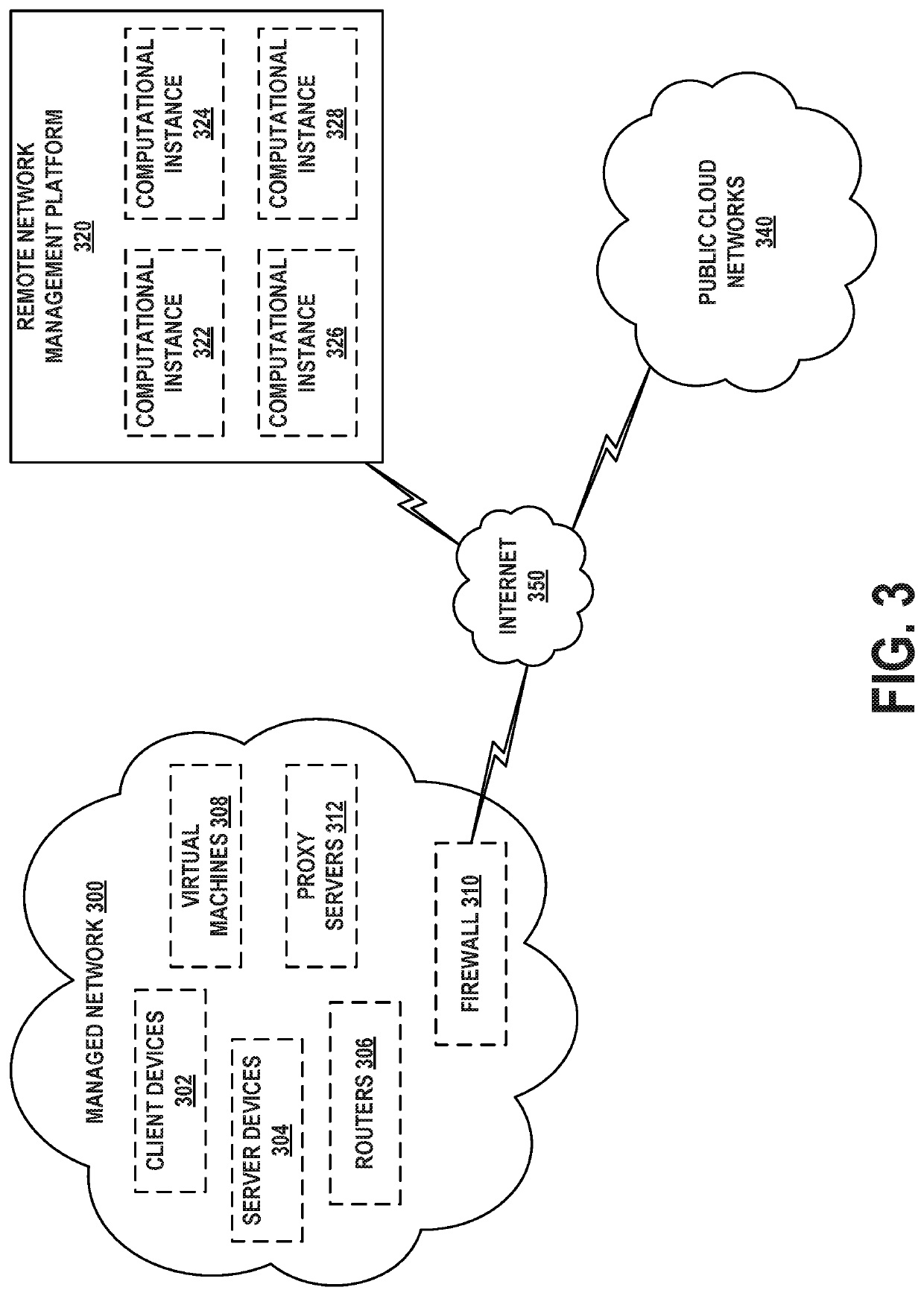Metadata-based translation of natural language queries into database queries
a natural language query and metadata technology, applied in the field of metadata-based translation of natural language queries into database queries, can solve the problems of unfavorable enterprise operation, unfavorable enterprise operation, and inability to integrate, streamline, and enhance operations, so as to improve the responsiveness of web-based interfaces of these instances and improve the performance of computational instances
- Summary
- Abstract
- Description
- Claims
- Application Information
AI Technical Summary
Benefits of technology
Problems solved by technology
Method used
Image
Examples
example database table
A. Example Database Table
[0123]FIG. 6 depicts an example database table 600 for storing incident reports. In enterprises and other contexts, incident reports are opened by technology users to describe a problem that they have experienced. Each incident report may also be referred to as a record. Table 600 specifies a number of fields in columns 602, and individual incident reports in rows. While incident reports may exist in various formats and contain various types of information, example incident reports 604 and 606 are shown in FIG. 6.
[0124]Column 610 identifies the individual or entity that opened the incident report, Bob Smith for incident report 604 and Chris Miller for incident report 606. Column 612 identifies the time at which the incident report was open, in this case 9:56 AM on Feb. 7, 2018 for incident report 604 and 11:02 AM on Feb. 7, 2018 for incident report 606. Column 614 holds text strings that provide a short description of the problem in the respective incident r...
PUM
 Login to View More
Login to View More Abstract
Description
Claims
Application Information
 Login to View More
Login to View More - R&D
- Intellectual Property
- Life Sciences
- Materials
- Tech Scout
- Unparalleled Data Quality
- Higher Quality Content
- 60% Fewer Hallucinations
Browse by: Latest US Patents, China's latest patents, Technical Efficacy Thesaurus, Application Domain, Technology Topic, Popular Technical Reports.
© 2025 PatSnap. All rights reserved.Legal|Privacy policy|Modern Slavery Act Transparency Statement|Sitemap|About US| Contact US: help@patsnap.com



